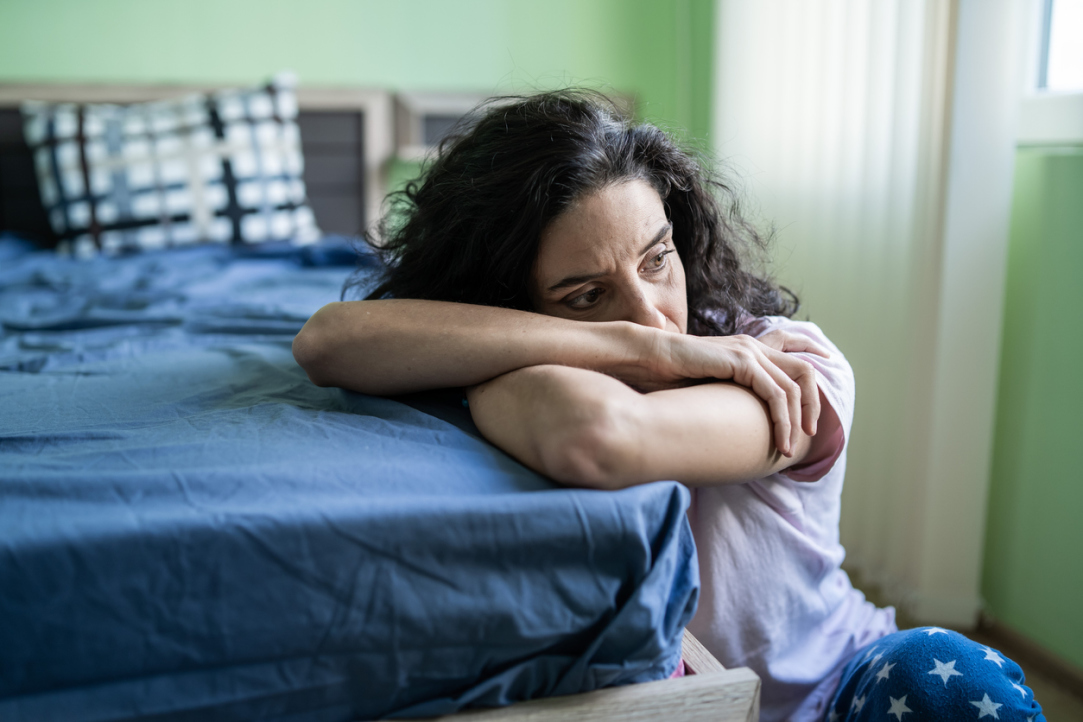One in Ten Women in Russia Is Single
Most often, this happens not in the pursuit of personal fulfilment, but is forced, after the loss of a partner

In Brief
The Situation: Over the 25 years since 1994, the average size of a Russian family hasn’t changed a lot and traditionally includes three individuals: two adults and a child. But the number of so-called ‘solo households’ is also growing: people are more often living alone.
In Fact: Single people in Russia are mostly women. By 2019, according to RLMS–HSE, the share of Russian women ‘home alone’ had reached 10% — a maximum over the 25 years of observation.
Now, in More Detail
Ekaterina Degtiareva from HSE University studied the results of surveys between 1994 and 2019 and found that Russian women become single most often not due to their conscious free choice, a willingness to build a career and find self-fulfilment, but instead due to negative circumstances. The results of the study were published in the Newsletter of the Russian Longitudinal Monitoring Survey (RLMS-HSE).
What Is It About?
Single women manage the household alone but may have different marital statuses. As a result, the study divided them into several groups:
Never been married;
Divorced and not in a registered marriage;
Officially married.
Ekaterina Degtiareva analysed their demographic characteristics and compared these to the characteristics of women in households of two and more, which means families with spouses/partners, children or parents. Understanding the difference between single and non-single women answers the question as to what leads one woman in ten to having a solo lifestyle.
How Was It Studied?
The researcher used a national monitoring database, RLMS–HSE, for data from 1994 to 2019. The sample over the period was 142,400 women living in Russia and aged 18 to 69 (6,800 in 2019). The age margins comply with the brief of studying those who choose to be single: 18 is widely recognised as the age of majority, and after 70, there is a growing risk of losing the partner due to the considerable difference in life expectancy for men and women that is characteristic for Russia.
What Did They Find?
Russian single women are mostly either widowed (41.6%) or divorced and not in an official marriage (35.4%). Only one in five have never been married (19.4%) and only 1% are officially married.
The shift towards widowed and divorced women, the researcher believes, is a sign that for most Russian women, singe life is a forced option.
Over the years of the monitoring study (1994-2019) the number of women who have never been married didn’t change noticeably, the number of widows decreased, while the number of those who live alone following divorce grew, in noticeable contrast to what is happening to single men. Within this group, another trend is happening: ‘the number of widowers is shrinking, but single men are mostly bachelors who have never been married’.
There are fewer single men in Russian than women. Over the 25 years, the gap has grown. While in 1994, 3.8% of men and 7.4% of women were single, in 2019 the shares were 4.7% and 10.4% respectively.
The age of the women is a sign that they are forced by circumstances to manage the household independently after divorce (the share of single people is growing thanks to this cohort). Their average age is 57.8, which is about 10 years older than the age of divorced women who live in a household with parents/children/partners.
‘At 57-58, the search for a new life partner is related to more costs than the decision to stay alone in the household, given that a household is not just a place of living, but a storage of memories, moving from which (or someone moving in) would mean losing or replacing these memories’, the author explained.
Unmarried single people are also older than non-singles in their cohort: on average, 39.9 vs. 29.6. In this case, different mechanisms come into play: independency requires ‘a certain financial margin, which is accumulated with age, work experience and stable income’. If the woman possesses such resources and has a good economic position, we can assume that here ‘singularity’ is related to a willingness to build a career and find personal fulfilment.
However, the analysis of RLMS-HSE data did not confirm this assumption. The median salary of single and non-single women was about the same. The same was true for educational levels: in both cohorts, most had a technical school degree. Average self-assessments of satisfaction with life and financial situation were also the same.
‘This allows us to say that a single lifestyle for women in today’s Russia cannot be described as a conscious choice for the purpose of self-fulfilment’, Ekaterina Degtiareva concluded, ‘Most often, they face a situation when their partner has died or left them, forcing them to manage the household alone’.
Why is this Important?
This quantitative study based on a large array of data allowed the researchers to see the scale of the phenomenon, its Russian specifics and dynamics over 25 years. This is relevant for social science and at the same time, useful for a wider audience.
The understanding of ‘women’s practices of single living’ is polemical. Society’s attitude towards such women is controversial – from pity and judgement to acknowledging their right to manage their own life. In the context of gender inequality (for example, on the Russian job market) and the traditional perception of women as ‘preservers of the hearth’, the topic of their single living needs objective academic assessments.
IQ

